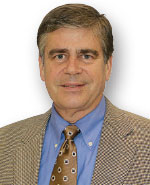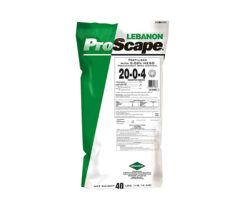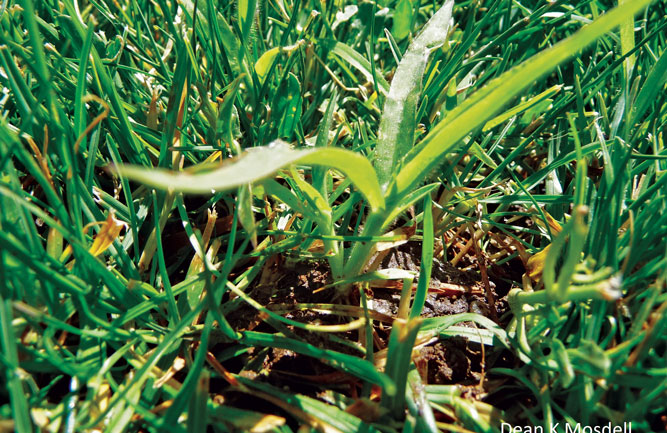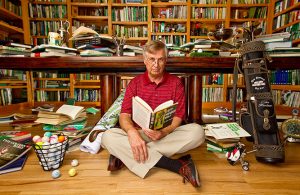Hanging out with crabgrass: More than a weed
 Crabgrass is a ubiquitous weed of turf. Germination starts in January or February in the southern United States and it appears throughout the northern areas in spring as temperatures warm. But crabgrass is more than a weed we treat with a pre-emergent herbicide. Crabgrass has taken on a much broader meaning in our society.
Crabgrass is a ubiquitous weed of turf. Germination starts in January or February in the southern United States and it appears throughout the northern areas in spring as temperatures warm. But crabgrass is more than a weed we treat with a pre-emergent herbicide. Crabgrass has taken on a much broader meaning in our society.
Crabgrass has become synonymous with the suburban experience. Scholars have written books like “Crabgrass Frontier” to describe the history of the American suburban experience. Crabgrass, especially this time of the year, becomes fodder for comedians and superintendents. One of my favorite crabgrass jokes is “Work may be the crabgrass of life, but money is still the water that keeps it green” (source: jokebuddha.com.)
Although crabgrass has few redeeming characteristics, it has practical use as a summer forage and hay crop. The first cut of crabgrass sometimes yields more than 15 percent crude protein and 60 percent total digestible nutrients, according to the University of Florida Extension. But I find crabgrass fascinating not because of some large societal meaning, or as a joke, but as a plant that exhibits some really cool ecological aspects in its growth and development.
Crabgrass is an annual summer weed whose life span is pretty short. Its life’s race begins at germination, followed by growth and development to where it produces seed just prior to crossing the finish line — better known as death at the first fall frost.
Crabgrass faces several obstacles on its short life journey and it grows well in environments that are unpredictable or ephemeral. These environments are characterized by a short period of favorable conditions followed by unfavorable conditions.
Crabgrass germination occurs in a short period when spring soil temperatures rise above 55 degrees with moisture present. It needs an open or exposed area or thinning turf to flourish and grow. Crabgrass doesn’t like competition from other plants. Competing with turfgrass plants diverts some of its energy from the goal of completing its life cycle as fast as possible.
Crabgrass, like warm-season turfgrasses, are C4 plants that need high light intensities to flourish. A dense, high-cut turf shades the crabgrass plants, slowing their growth rate. When the growth rate of crabgrass or any weed decreases in the presence of competition, it’s called “density-dependent growth.” The best non-chemical control of crabgrass involves maintaining a dense turf mowed at an optimum height of cut.
Picture an area of bare soil where crabgrass has just germinated and the little plants are just beginning to grow. Looking closely, there seem to be hundreds of these crabgrass plants crowding in and giving the appearance of a uniform turf cover, almost like a carpet. Come back to the same place a few months later and you’d notice that the area still looks like full cover, but now many of those little plants are gone, replaced with fewer larger crabgrass plants. Why? A couple of things could have occurred. Germinating crabgrass seedlings do not suffer much mortality, especially in a habitat with little competition, but do suffer mortality if the habitat changes rapidly, as in a severe drought. More likely, however, the crabgrass plants as they grow and develop come into contact with each other and begin to compete for nutrients, light, moisture and space. This competition leads to winners and losers. The losers die to make room for continued growth of the winners.
As the crabgrass is approaching its end, this single small germinating plant of just a few months ago is now capable of producing 150 to 700 tillers and 150,000 seeds (Digitaria sanguinalis). So the next time you hear a joke like, “Your grades aren’t good enough for an Ivy League school. Have you considered crabgrass?” remember what a difficult and short life it has.











